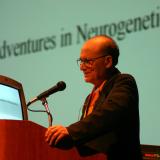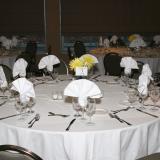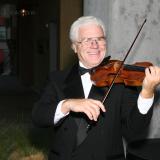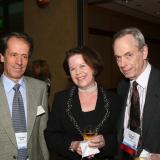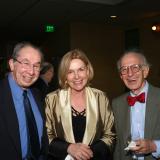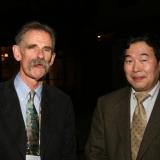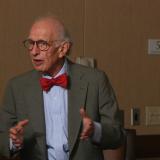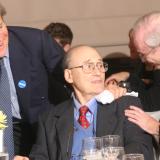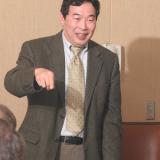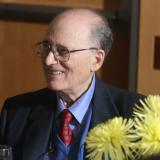2004 Gruber Neuroscience Prize
Professor Seymour Benzer applied the tools of molecular biology and genetics to the fruit fly, drosophila, and was able to link individual genes to their behavioral phenotypes. Professor Benzer inaugurated and developed the field of neurogenetics after making many contributions to the understanding of gene structure and the genetic code.
2004 Neuroscience Prize Recipient
Laureate Profile
Seymour Benzer's half century-long career has transformed our understanding of the brain and profoundly influenced generations of scientists.
Benzer started his career as a solid-state physicist, switching to biology in 1949.
In the early 1960s, after having made several major contributions to the understanding of gene structure and the genetic code, Benzer switched fields again and inaugurated and developed the new and immensely important field of neurogenetics.
His deceptively simple approach was based on the premise, confirmed by his subsequent work, that the molecular underpinning of neural function and behavior could be dissected by using ingenious genetic screens to isolate behavioral mutants one gene at a time.
Using the fruit fly, Drosophila, he altered one gene after the next and showed that a single gene mutation can give rise to a wide variety of behavioral alterations, including aberrations in courtship, in circadian rhythm, and in memory and learning.
These studies have revolutionized the field of behavioral genetics and have shown that through the genetics of the humble fruit fly the mysteries of how the human brain develops, functions, and becomes sick can be unraveled.
Citation
The Neuroscience Prize of the Peter Gruber Foundation is hereby proudly presented to Seymour Benzer, PhD, James Griffin Boswell Professor of Neuroscience, California Institute of Technology, who initiated genetic studies of behavioral neuroscience and led the way to discoveries of evolutionarily conserved mechanisms underlying circadian rhythm and neural induction.
In addition, his ingenious use of the fruit fly as a model for studying learning and memory, neural degeneration and aging continues to pioneer the genetic approaches now generally recognized as an effective way to identify the cause and treatment of diseases of the human brain.



